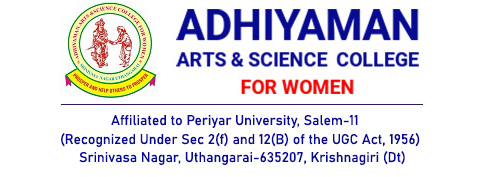The plain meaning rule, the essential aspect of statutory construction, plays an important role in legal understanding. Statutory construction is the process by which courts interpret and apply legislation. The laws that govern us flow from constitutional approval. The legislature provides specific details about our social obligations and expectations. But if the language used in the statute is difficult or unclear, the process of statutory construction comes into play to ensure proper interpretation and application.
The “plain meaning” rule of statutory construction is one of the rules developed by the courts for the general guidance of the bench and bar. It states that when a law has a clear and definite meaning, the courts are to apply the obvious meaning of the legislation. In many cases, this is simple. The “plain” meaning of the word “car,” for example, refers to four tires and an engine. The task of statutory construction often involves words or phrases that are not without ambiguity or room for argument. The courts must interpret the law and apply the appropriate judicial principles to achieve justice. When the law is clearly written, the courts have no jurisdiction and the application of the law is simple. This is key to understanding the perspective of law typified by the plain meaning rule in statutory construction. This rule places the emphasis on the words used, and how they fit together, instead of an evolving or variable application that can change contextually. The legal interpretation of language changes on three levels: In these cases, the court is charged with deciding if the statute is ambiguous. If it is, the court is responsible for determining the intent of the law, and it may ask questions to clarify the intention of the legislature. Only when the law is ambiguous does the court look to alternative applications of statutory construction.
The history of statutory construction is a remarkable study in the evolution of the course of common law. It was long thought that a strict application of the plain meaning rule would provide fairness and justice. As early as 1820, in an opinion by Justice Joseph Story for the U.S. Supreme Court, the plain meaning rule was used to form the foundation of judicial review. The tendency of the rule to provide strict application of ambiguous words and phrases resulted in a rigid application of the laws that appealed to conservative sensibilities. The rule of strict construction was challenged in the 1930s with the emergence of purposive construction. Today, purposive construction is applied when the court believes the rule of plain meaning may cause unjust application.
Today, the legal community and the courts do not subscribe to the strict application of the forthright meaning of words, nor do they have the same respect for the plain meaning rule as their fathers. Today, modern lawyers, professors and judges see value in the “spirit” of the law, and they look to the intent of the legislature, rather than the plain meaning of words. There is now a balance between the plain meaning rule and the more liberal interpretation of the spirit of the law. As a method of statutory interpretation, the plain meaning rule gives way to the role of the legislative intent. As students of Adhiyaman Arts & Science College For Women, you are becoming scholars and leaders who will contribute to the body of knowledge in your discipline.
As part of a well-rounded education, concepts of law and legal terminology are part of the curriculum. Law is applied to the social studies and liberal studies disciplines in the following ways: As students of the humanities and social sciences, you will benefit from a well-rounded education and the use of the interdisciplinary approach in the classroom.
For more information on statutory interpretation, you can visit the Wikipedia page on statutory interpretation.






